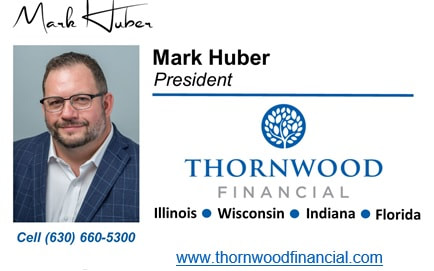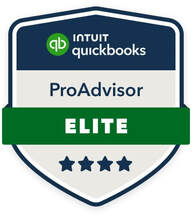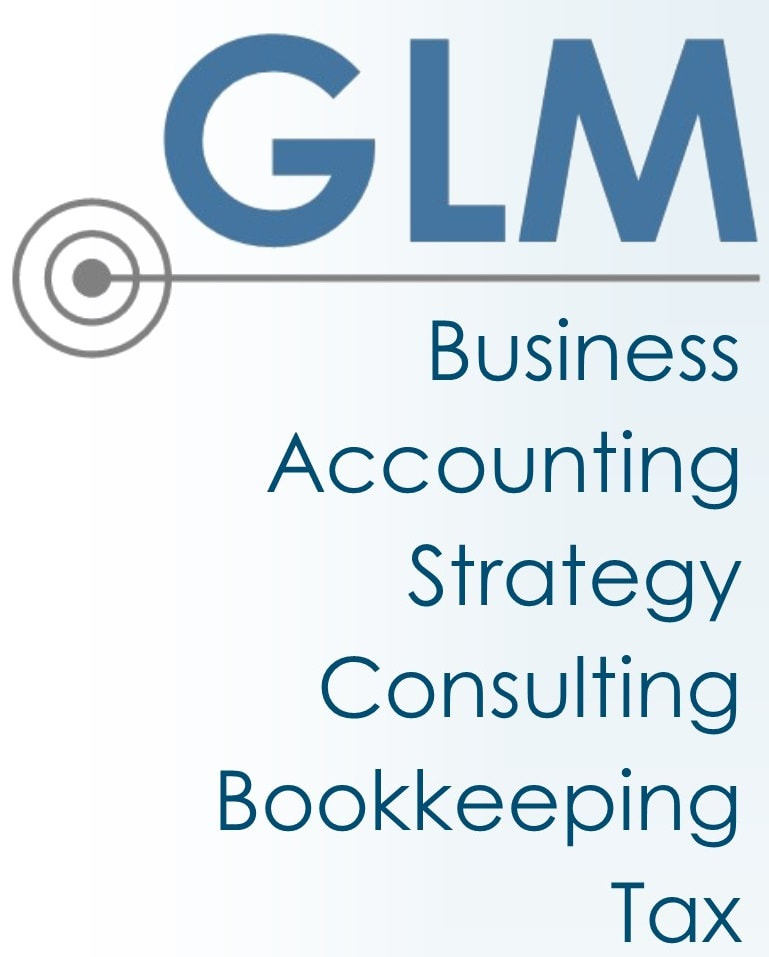Here are the basics of a 1031 Exchange:
1. Eligible Properties:
- Only certain types of properties qualify for a 1031 Exchange, including real estate held for business or investment purposes, such as rental properties, commercial properties, and vacant land.
2. Like-Kind Requirement:
- The properties involved in the exchange must be of "like-kind," meaning they are of the same nature or character, even if they differ in grade or quality. For example, you can exchange a residential rental property for a commercial property.
3. Qualified Intermediary (QI):
- To facilitate the exchange, you must work with a qualified intermediary (QI), also known as an accommodator. The QI holds the proceeds from the sale of the relinquished property and uses them to acquire the replacement property.
4. Identification of Replacement Property:
- Within 45 days of the sale of the relinquished property, you must identify potential replacement properties in writing to the QI. There are specific rules regarding the number and value of properties you can identify.
5. Acquisition of Replacement Property:
- The acquisition of the replacement property must be completed within 180 days from the sale of the relinquished property or by the due date of the tax return, including extensions, for the tax year in which the relinquished property was sold, whichever is earlier.
6. Tax Deferral:
- By following the rules of a 1031 Exchange, you can defer capital gains taxes, depreciation recapture tax, and other applicable taxes that would typically be due upon the sale of an investment property. The gain is essentially rolled into the new property.
7. Potential Partial Tax Deferral:
- If the value of the replacement property is less than the relinquished property, there may be some taxable gain (the "boot") that's not deferred. This can be in the form of cash, debt reduction, or other non-like-kind property.
It's essential to work with tax and legal professionals experienced in 1031 Exchanges to ensure compliance with all IRS rules and regulations. The rules for 1031 Exchanges can be complex, and failure to follow them precisely can result in unintended tax consequences.



 RSS Feed
RSS Feed


